Policies On Railway Ballast Stone
2023-06-30T11:06:47+00:00

Track ballast Wikipedia
Track ballast should never be laid down less than 150 mm (6 inches) thick, and highspeed railway lines may require ballast up to 05 metres (20 inches) thick An insufficient depth of ballast causes overloading of the underlying soil, and in unfavourable conditions, overloading the soil causes the track to sink, usually unevenlyKey words: Railway ballast, track maintenance, metal extraction, EDTA, leaching tests 1 Introduction Railway ballast, consisting of a mixture of rocks of di erent size and nature, ensures geometry and stability of the railway track, by damping the vibrations caused by the vehicle tra c and allowing water drainage SeveralTreatment and recovery of contaminated railway ballastpolicies on railway ballast stone in argentina Argentina inaugurates 500 km of new rail tracks and plans to purchase new rolling stock July 11 2018 The Belgrano Cargas train which links the provinces of the Noroeste Argentino NOA with the ports of the Gran Rosario already has its first 500 kilometers of track completed after a year and a half policies on railway ballast stone in argentina
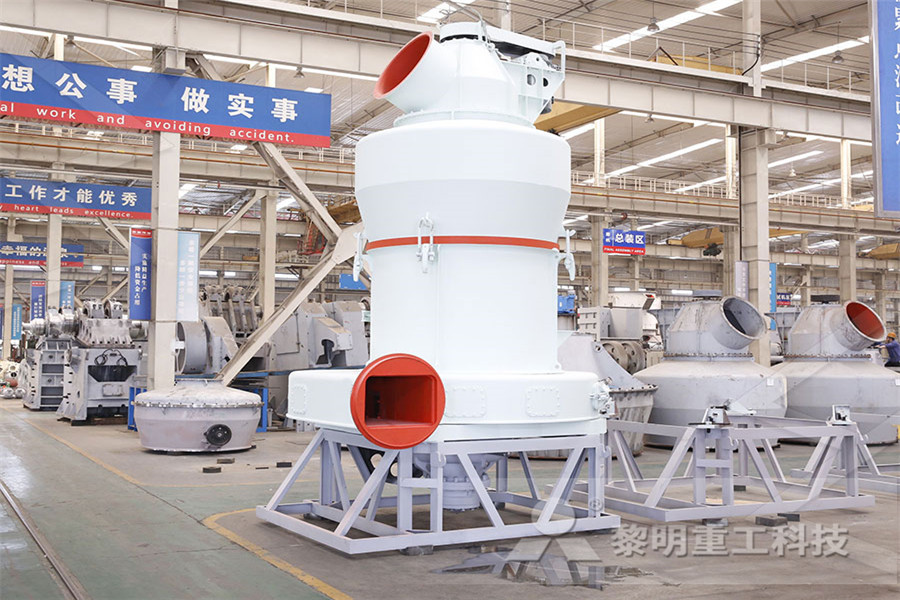
Why Crushed Stone ( ballast ) Are Placed In
Track ballast is typically made of crushed stone, although ballast has sometimes consisted of other, less suitable materials, for example burnt clay The term “ballast” comes from a nautical term for the stones used to stabilize a ship Track ballast forms the track bed upon which railroad ties (sleepers) are laidTrack ballast should never be laid down less than 150 mm (59 inches) thick; and highspeed railway lines may require ballast up to 1⁄2 metre (197 inches) thick An insufficient depth of ballast causes overloading of the underlying soil, and in unfavourable conditions overloading the soil causes the track to sink, usually unevenly Ballast less than 300 mm (118 inches) thick Why Is Ballast Placed On Railway TrackRailroad ballast is one of the most demanding applications for crushed stone Railroad ballast serves as a bed for railroad tracks and provides track stability, drainage, and support of significant loads carried by railcars In addition, it deters the growth of vegetation and allows for track maintenance to be performed more easilyRailroad Ballast and Other Track Materials
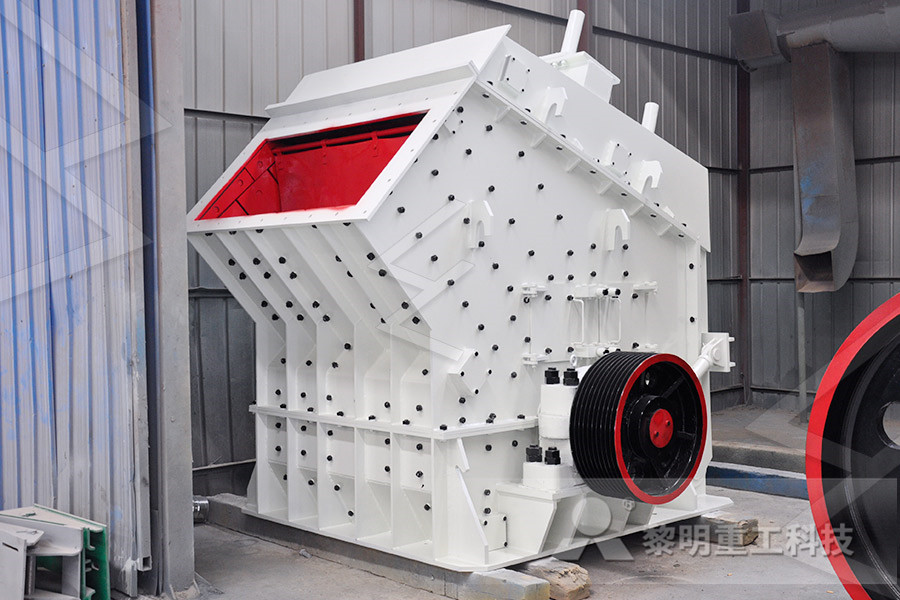
Railway Ballast Function Of Stones In Railway
railway ballast The function of ballast in railway track Ballast is a common trackbed structure in the railway transport system, which is used to support track sleepers A layer of crushed stones will be laid on the roadbed before the tracks are laid, which will then be Quarried stone ballast should be obtained from com petent strata of reasonable thickness The extent of the rock deposit should be sufficient for economic ballast production A large variety of rock types are used as ballast In general, the fine hard min eralgrained unweathered aggregates make the best ballastResearch on Railroad Ballast Specification and Evaluationspecial treatment and adequate disposal are required Since the maintenance and renewal of ballast involve the use of huge amount of stones of di erent type and speci c mechanical characteristics, all railway maintenance guidelines recommend recycling and reuse of ballast in accordance with waste management regulationsTreatment and recovery of contaminated railway ballast
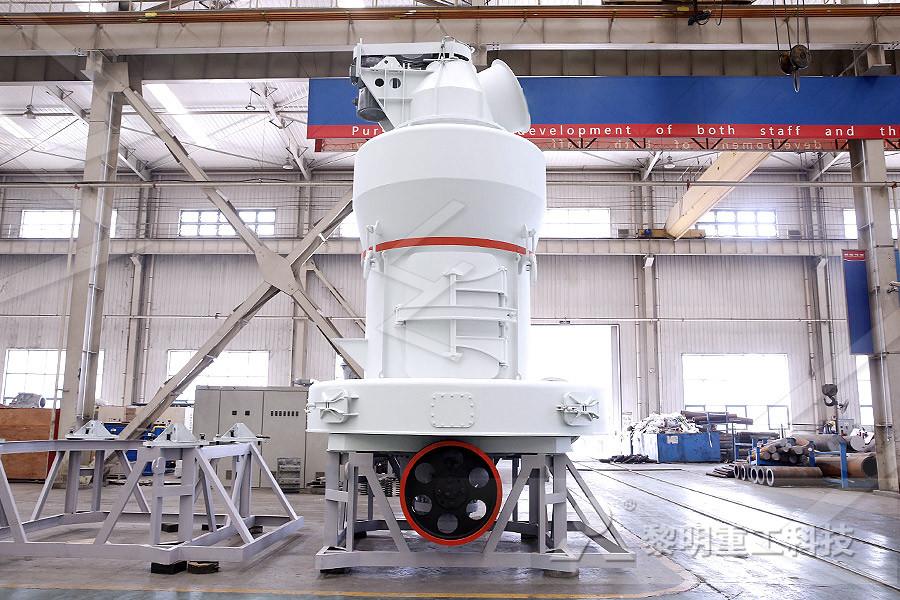
Guidelines for Provision of Subballast Diesel Loc
(ii) Requirements of ideal ballast material (iii) Different materials used for ballast and their relative merits 6 Name six materials commonly used as ballast on Indian Railways Write down the specifications of an ideal stone ballast 7 Determine the optimum thickness of the stone ballast required below sleepers of density M + 7 on a BG track1 Broken Stone Broken stone is one of the best materials for railway ballst to be used on the railway tracks Almost all the important railway tracks are provided with broken stone The stone to be used as railway ballast should be hard, tough nonporous and should not decompose when exposed to Materials for Railway Ballast on the Railway Track ballast should never be laid down less than 150 mm (59 inches) thick; and highspeed railway lines may require ballast up to 1⁄2 metre (197 inches) thick An insufficient depth of ballast causes overloading of the underlying soil, and in unfavourable conditions overloading the soil causes the track to sink, usually unevenly Ballast less than 300 mm (118 inches) thick can lead to vibrations that damage nearby Why Is Ballast Placed On Railway Track
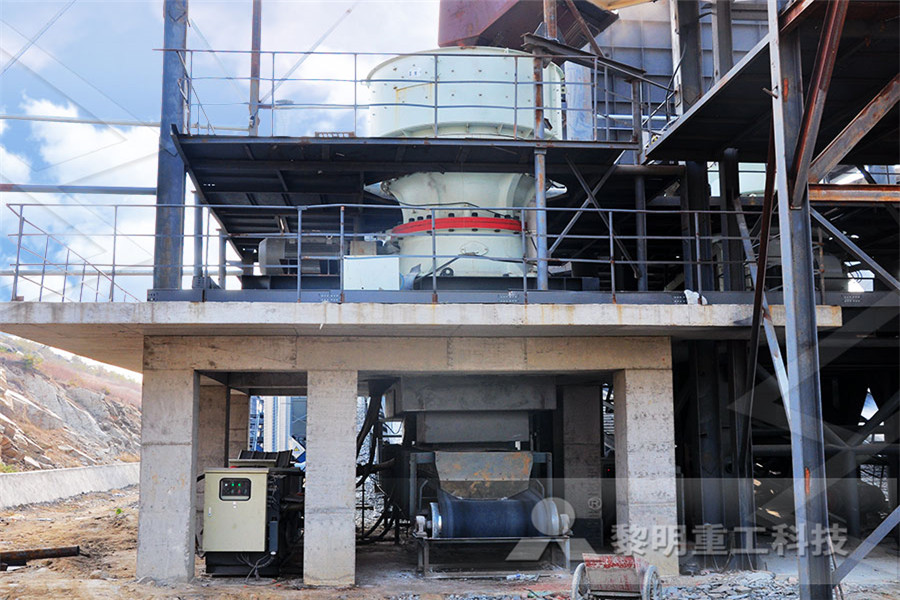
Why Crushed Stone ( ballast ) Are Placed In
Track ballast is typically made of crushed stone, although ballast has sometimes consisted of other, less suitable materials, for example burnt clay The term “ballast” comes from a nautical term for the stones used to stabilize a ship Track ballast forms the track bed upon which railroad The following specifications of ballast, which have recently been revised (June 2004), are followed on Indian Railways These specifications are applicable for the stone ballast to be used for all types of sleepers on normal tracks, turnouts, tunnels, and deck slabs on all routesSpecifications for Track Ballast BrainKartBroken stone is a widely used ballast in railways It is obtained by crushing hard stones like granite, hard trap, quartzite etc In lieu of broken stones, limestone and sandstone can also be used It is suitable for highspeed railway tracks The broken stone selected as ballast should be hard, tough and nonporousBallast – Functions and Types The Constructor

Investigation and evaluation of railway ballast
10102018 As long as the ballast stones cannot bear the concentrated forces, cracking will occur, until more and more stones come into contact, which increases the contact area Unfortunately, these initial settlements are not similar but differ from sleeper to sleeper, which forms initial failures, causing dynamic forces, increasing the failures, increasing the forces, and so on and finally causing the need for railway ballast The function of ballast in railway track Ballast is a common trackbed structure in the railway transport system, which is used to support track sleepers A layer of crushed stones will be laid on the roadbed before the tracks are laid, which will then be compacted Then sleepers and tracks will be laidRailway Ballast Function Of Stones In Railway Track ballast is typically made of crushed stone, although ballast has sometimes consisted of other, less suitable materials, for example burnt clay The term “ballast” comes from a nautical term for the stones used to stabilize a ship Track ballast forms the track bed upon which railroad ties (sleepers) are laidWhy Crushed Stone ( ballast ) Are Placed In

Materials for Railway Ballast on the Railway
Brick Ballast; Selected Earth; 1 Broken Stone Broken stone is one of the best materials for railway ballst to be used on the railway tracks Almost all the important railway tracks are provided with broken stone The stone to be used as railway ballast should be hard, tough nonporous and should not decompose when exposed to air and lightOn the other hand, the study of the ballast, composed of course granular material (usually crushed stone), does not suffer equitable deformations as the other components of a railroad system Although the behaviour of the ballast track is relatively known by the professional literature, as [1], [2], [3],Longitudinal Track Ballast Resistance of Railroad Tracks 01112020 Suhr B, Skipper WA, Lewis R, Six KShape analysis of railway ballast stones: curvaturebased calculation of particle angularity Sci Rep, 10 (2020), Article 6045, 101038/s4159802062827w View Record in Scopus Google ScholarFriction and wear in railway ballast stone

Railroad Ballast, Types And Purpose
Track ballast (usually crushed stone), as it is known, is another important part of railroad infrastructure Although it may just look like plain ole gravel this stone plays a vital role in acting as a support base for the railroad ties and rails as well as allowing for proper drainage of water away from the rails (which is why the stone is always sloped downward and away from track)ballast deformation and degradation under different conditions A flowchart of the experimental programme, conducted by the authors on railway ballast based on largescale triaxial testing, is shown in Fig 1 Ballast behaviour Ballast is a freedraining granular material used as a loadbearing material in railway tracks It is composed of Geotechnical properties of ballast and the role of What is Ballast Railway Ballast is the foundation of railway track and provide just below the sleepers The loads from the wheels of trains ultimately come on the ballast What is Ballast Railway Ballast Functions of
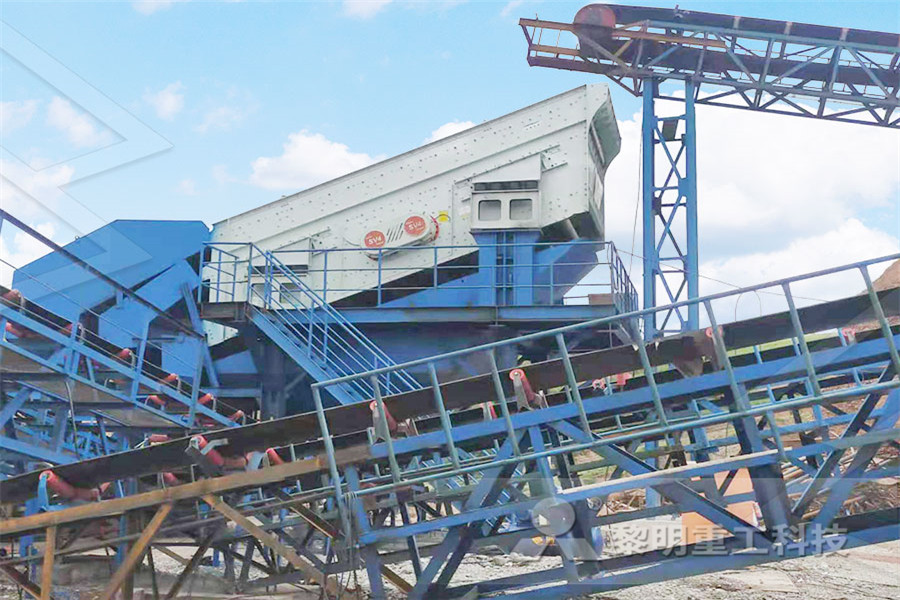
Graniterock: Wilson 1 1/2" X 3/4" Railroad Ballast
Wilson 1½" x ¾" Railroad Ballast is a clean, 100% crushed granite This Ballast isproduced daily at Wilson Quarry to meet the American Railway EngineeringAssociation (AREA) #4 Ballast Specifications as well as ASTM C33 Size #4 Thisproduct has been used by the Railroad as Ballast Aggregate since the late 1800’s Thistype of rock is typically gray in colorRail Ballast is 3550mm Aggregates Direct supplies Network rail approved rail ballast on a national basis in bulk bags and loose tipped We can offer a 24hr delivery service to the majority of the UK mainland, making us ideal for emergency cover Please call our sales hotline for further information: 0845 293 8494 To Obtain a declaration ofRail Ballast (3550mm) Aggregates Direct
boitier pour herse rotative mer
aggregate crushing machines from usa
large capacity zysz linear vibration screen
Concrete Products Machine For Sale
Smill Size High Suspension Grinding Mill
valuation of crusher plant in china
large metal crusher manufacturers
safety safety for quartz crushing plant
aggregate quarry plant manufacturers in turkey
Portable Small mining Flotation Testing Equipment
jym scissors grinding machine
mantle drawing of ne crusher
gold washing machine magnet
equipment for crushing tires
list of machines used in stone crushing
mass jaw crushersand making plant
names names of rock crushing mpanies in saudi arabia
Quarry Kuwait Zcrusher
model egc 48 eta vibro screens
Interne Crusher Intitle Jaw Crusher
Length Of Vibrating Screen Calculation
quipements lourds pour creuser des puits
Design Mesin Mining Mill
Cylindrical Roller Forging Header
Impact Mining Mill For Sale In South Africa
puzzolana crusher harga
specifications specifications of hammer mill
fine crushing and grinding the quarry managers journal
spherical grinding crusher
presentation on hammer mill crushers








